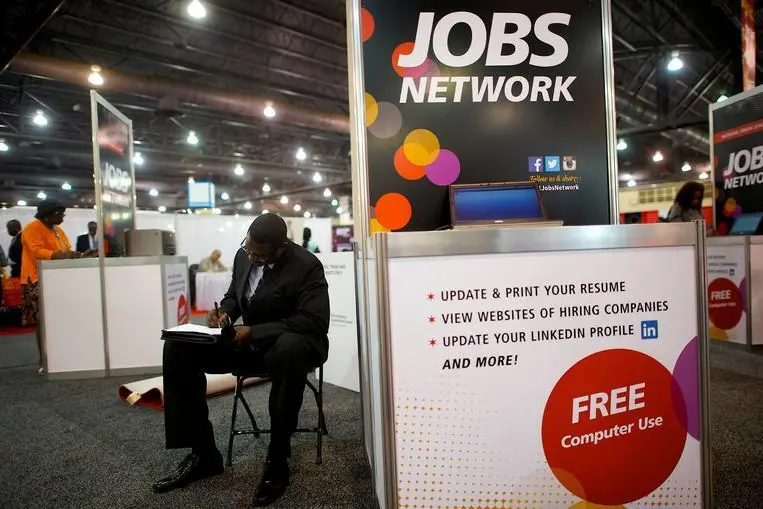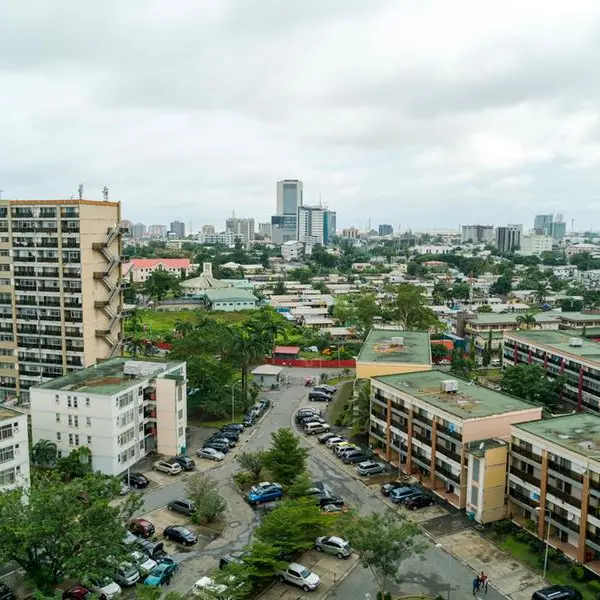PHOTO
BERKELEY – In light of current macroeconomic conditions in the United States, I’ve found myself thinking back to September 2014. That month, the US unemployment rate dropped below 6%, and a broad range of commentators assured us that inflation would soon be on the rise, as predicted by the Phillips curve. The corollary of this argument, of course, was that the US Federal Reserve should begin rapidly normalizing monetary policy, shrinking the monetary base and raising interest rates back into a “normal” range.
Today, US unemployment is 2.5 percentage points lower than it was when we were all assured that the economy had reached the “natural” rate of unemployment. When I was an assistant professor back in the 1990s, the rule of thumb was that unemployment this low would lead to a 1.3 percentage point increase in inflation per year. If this year’s rate of inflation was 2%, next year’s would be 3.3%. And if unemployment remained at the same general level, the inflation rate the following year would be 4.6%, and 5.9% the year after.
But the old rule of thumb no longer applies. The inflation rate in the US will remain at about 2% per year for the next several years, and our monetary-policy choices should reflect that fact.
To be sure, the conventional wisdom among economists back in the 1990s was justified. Between 1957 and 1988, inflation responded predictably to fluctuations in the rate of unemployment. The slope of the simplest possible Phillips curve, when accounting for adaptive expectations, was -0.54: each percentage point decline in unemployment below the estimated natural rate translated into a 0.54 percentage point increase in inflation the following year.
The estimated negative slope of the Phillips curve – that -0.54 figure – between the late 1950s and the late 1980s was drawn largely from six important observations. In 1966, 1973, and 1974, inflation rose in a context of relatively low unemployment. Then, in 1975, 1981, and 1982, inflation fell amid conditions of relatively high unemployment.
Since 1988, however, the slope of the simplest possible Phillips curve has been effectively zero, with an estimated regression coefficient of just -0.03. Even with unemployment far below what economists have presumed was the natural rate, inflation has not accelerated. Likewise, even when unemployment far exceeded what economists presumed was the natural rate, between 2009 and 2014, inflation did not fall, nor did deflation set in.
Although the past 30 years have not offered any analogues to the data points furnished by the 1950s-1980s era, there are many who still believe that monetary policymakers should remain focused on the risk of rapidly accelerating inflation, implying that inflation poses a greater threat than the possibility of recession. For example, three very sharp economists – Peter Hooper, Frederic S. Mishkin, and Amir Sufi – recently published a paper suggesting that the Phillips curve in America is “just hibernating,” and that estimates showing a near-flat curve over the past generation are unreliable, owing to the “endogeneity of monetary policy and the lack of variation of the unemployment gap.”
I do not understand why they came to this conclusion. After all, the computer tells us that the 1988-2018 estimates are probably around three times more precise than the 1957-1987 estimates. And besides, the window captured in standard specifications of the Phillips curve is too short to allow for any substantial monetary-policy response.
Yes, an outbreak of inflation could be a threat. But the single-minded focus on that risk is the product of a different era. It comes from a time when successive US administrations (those of Lyndon Johnson and Richard Nixon) were desperate for a persistently high-pressure economy, and when the Fed chair (Arthur Burns) was eager to accommodate presidential demands. Back then, a cartel that controlled the global economy’s key input (oil) was capable of delivering massive negative supply shocks.
If all of these conditions still held, we might be justified in worrying about the return of 1970s-level inflation. But they don’t.
It is past time that we stopped denying what the data are telling us. Until the structure of the economy and the prevailing economic-policy mix changes, there is little risk that the US will face excessive inflation over the next five years. Monetary policymakers would do well to direct their attention to other problems in the meantime.
J. Bradford DeLong, a former deputy assistant US Treasury secretary, is Professor of Economics at the University of California at Berkeley and a research associate at the National Bureau of Economic Research.
© Project Syndicate 2019






















